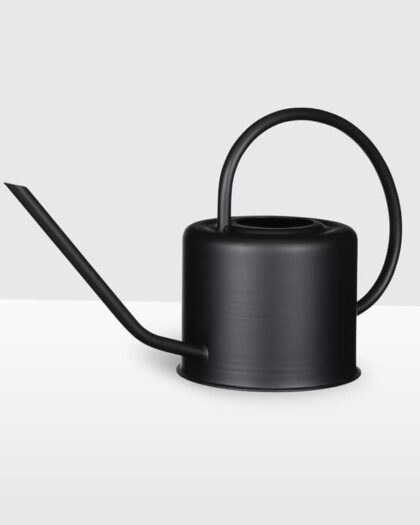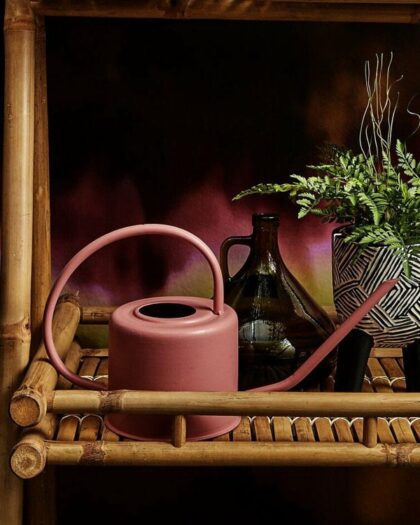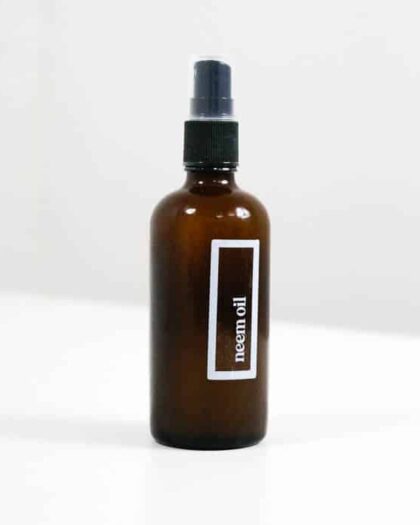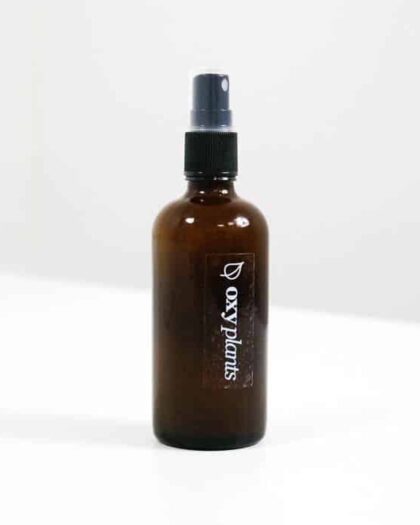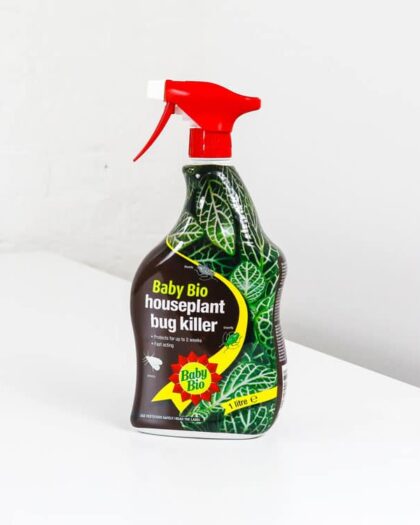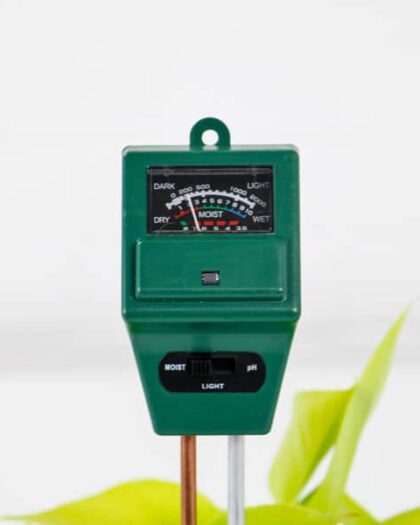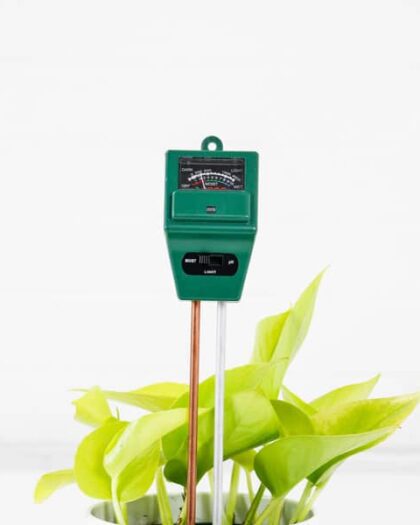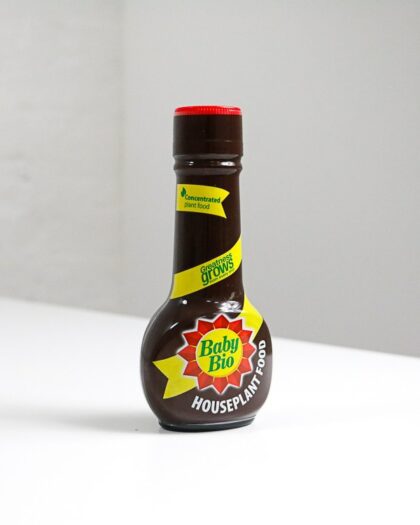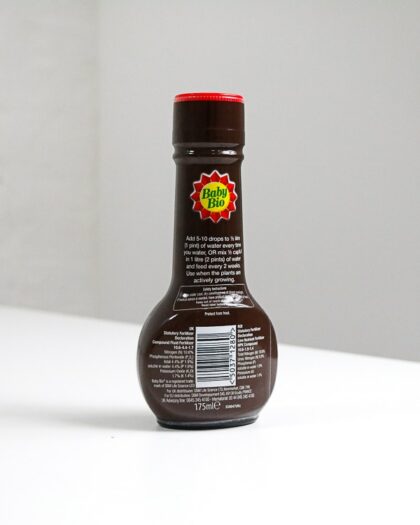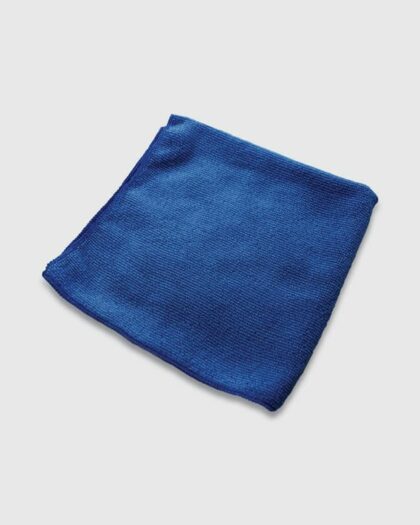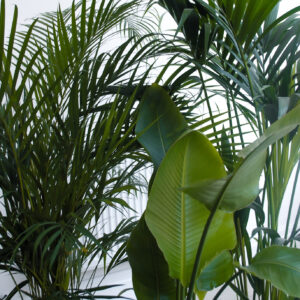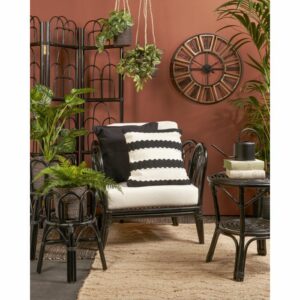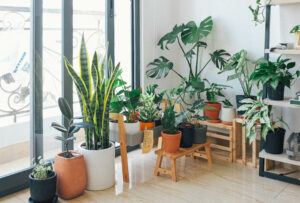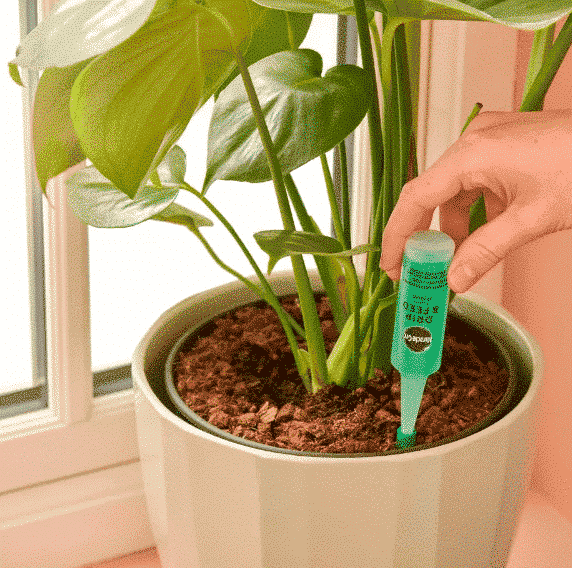What's in this indoor plant care guide
About The Bird of Paradise
Native to the tropical areas of South Africa, the Bird of Paradise is renowned across the world for its elegant, glossy green leaves.
This indoor houseplant, sometimes called the “crane flower”, is closely related to the Banana Plant. With the right conditions, it’s one of the easiest plants you can grow, with mature plants even blooming once a year (if you’re lucky).
Generally, the Bird of Paradise is purchased to perform its role as a natural showstopper. As we say, “go big or go home”!
Botanical Name
Strelizia Nicolai
Nicknames
Air Purification Qualities
Child & Pet Safe?
Sun Exposure
Soil Type
Organic, well-draining
Hardiness Zones
How to care for Bird of Paradise
Light & Location
The Bird of Paradise absolutely loves to catch those rays. If you’re wanting to see the best growth, be sure to place this houseplant in a warm room with plenty of sunlight. Somewhere with a south facing window, perhaps even a conservatory, would be fantastic.
Also, try to keep your Bird of Paradise in a room with a stable temperature all year round. Keep away from any radiators or cold draughts in the winter months. You don’t want to develop any issues!
Watering
The Bird of Paradise loves to sit in moist (not soaking wet) soil. When the top inch of its soil becomes dry, it’s time to water! You can even use the finger test or our trusty soil & light tester.
As a general rule of thumb, look to water your palm once every 7-10 days, but adapt this routine according to seasonal changes and plant size. You be the best judge!
Temperature & Humidity
The Bird of Paradise is used to tropical Africa, so it loves a warm and wet environment. Try to keep this houseplant in a room regulated between 18-21 degrees celsius.
To keep your Strelizia healthy, give it a mist every week or so. Why not use one of our plant misters? You could also place your houseplant in the shower, which will help to remove any dust off your leaves and maximise photosynthesis.
Soil
The Bird of Paradise loves a nutrient-rich, well draining soil. So, a homemade compost mix, that is slightly acidic (pH 6.5-7), will always be a nice treat!
Anything that will help your soil drain and give it structure (perlite, vermiculite, or sand) is always beneficial. If you love making your own potting mix, have a look at our soil substrates page. This will definitely keep you on the right track when it comes to soil and compost.
Fertiliser
During the growing season, you will want to fertilise your Bird of Paradise once a month. Use a Fertiliser with an NPK rating that is denser in potassium or, at the very least, something well-balanced. MiracleGrow Pump & Feed would be perfect for this indoor houseplant, as it will help to prolong the life of any blooming flowers.
If you’re using your own fertiliser, be sure to dilute it with plenty of water. You NEVER want to scorch your houseplant’s roots. Why not have a look at our range of houseplant fertilisers?
Pruning
Pruning really isn’t essential with this plant. It lacks the big bushy foliage of a Kentia Palm or Areca Palm and is actually fairly low maintenance in this regard.
However, if you have a dead leaf, or stem, use sterilised pruning shears to trim.
Once you’ve cut off a dead leaf, it’s always helpful to give your plant a quick mist and wipe to prevent any infections. A clean dust cloth will do just fine!
Propagating
Although rare, it’s entirely possible to propagate your Bird of Paradise. To do so, you may want to invest in one of our propagation sets. We’ve also got a useful blog post to help you along the way!
Bird of Paradises are usually propagated by cutting, so take your little shoot and place it in your propagation tube with water. It should take a couple of months to develop roots strong enough to be repotted. However, you can reduce this using rooting powder.
Potting and Repotting
Check your Bird of Paradise’s roots once a year. If its roots are growing out of the bottom of your pot, then it’s time to repot! Have you seen any of our beautiful ceramic plant pots?
Tools to help care for Bird of Paradise
-
Mica Decorations – Metal Watering Can
From £9.99 Select options This product has multiple variants. The options may be chosen on the product page -
Neem Oil
From £5.99 Select options This product has multiple variants. The options may be chosen on the product page -
Baby Bio Houseplant Bug Killer 1L
£10.99Original price was: £10.99.£8.99Current price is: £8.99. Add to basket -
Baby Bio Houseplant Food
£4.99Original price was: £4.99.£3.99Current price is: £3.99. Add to basket
Common Problems
Although it’s a fairly robust and resilient houseplant, the Bird of Paradise can become susceptible to some of the pests and diseases native to the UK.
If you think your strelizia is affected by one of these common problems, be sure to act swiftly as this will maximise its chances of survival!
Common pests & plant diseases
The Bird of Paradise may occasionally be prone to infections from: mealybugs, aphids, spider mites, scale, thrips, waterfall, and blackfly. If your houseplant becomes infected, be sure to isolate it from your other houseplants and teat quickly with a healthy dose of neem oil.
Leaf Splitting
Perhaps the problem most unique to the Bird of Paradise is leaf splitting. Although this condition is unlikely to lead to the death of your plant, it can sometimes hinder its elegant and sleek look.
If this occurs, it is usually a sign your strelizia is being kept in an environment that is too windy and dry.
To treat, keep your Bird of Paradise away from any windows/draughts and be sure to give a gentle mist once a week.
Yellowing and Curling Leaves
If the leaves are beginning to brown on your Bird of Paradise, then this could be a sign of overwatering. If left untreated, this could lead to root rot and, ultimately, the death of your houseplant.
To treat, hold back on watering your Bird of Paradise for a couple of days and place a sanitary towel/tissue in the bottom of your plant pot; this will help to soak up any excess water.
Weak/Drooping Stems
If your Bird of Paradise is beginning to look a little bit leggy and droopy, then this could that your soil is nutrient deficient.
To treat, you should repot your strelizia in a new potting mix and invest in a high quality fertiliser to use throughout the Spring and Summer months.
FAQ's
My Bird of Paradise has been delivered with splits. Can I get a refund?
Unless your Bird of Paradise has been extensively damaged during delivery, then it’s unlikely that you’ll be eligible for a refund.
Leaf splitting is incredibly common with this species and, usually, non-life threatening.
However, if you’re unsure you can always send a picture over to our customer service team. We’re happy to advise!
Is my Bird of Paradise safe with children or pets?
Unfortunately, the Bird of Paradise is mildly toxic if ingested. As such, it’s best to keep this houseplant away from any investigative toddlers or excitable furry friends!
When will my Bird of Paradise's flowers bloom?
Your Bird of Paradise will typically reach maturity at about 4-5 years old. From here, it may take a couple of years to bloom (if ever). During a particularly hot and bright summer, you may get some luck with blooming flowers.
Is the Bird of Paradise air purifying?
Yes! the Bird of Paradise is an air purifying houseplant. It helps to remove harmful toxins out of the air, enabling you to you breathe easier in your home. It’s also one of the plants in the NASA ‘Clean Air Study’ (1989). This reason alone is a fantastic reason to grab yourself a Bird of Paradise!

